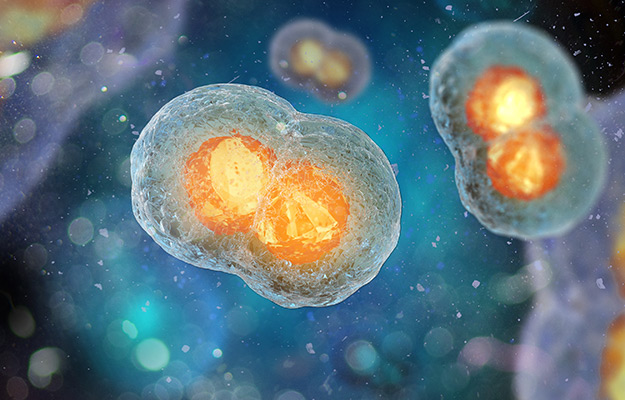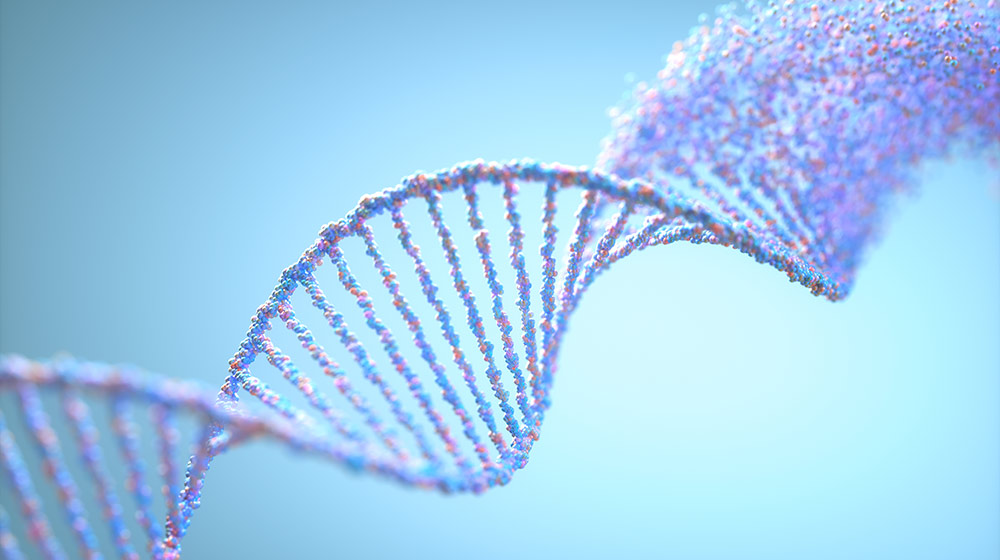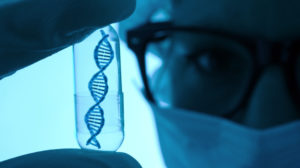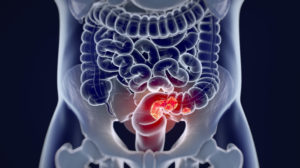Scientists believe that cellular senescence is a rudimentary driver of aging in organisms in a stable arrest state.
Researchers Wang et al., in collaboration with the Institute of Zoology of the Chinese Academy of Sciences (CAS), Peking University, and Beijing Institute of Genomics of CAS, have teamed up to find new human senescence-promoting genes.
Using a screening system known as CRISPR/Cas9, the team has shed new light on aging regulation.
Read the original publication of this study here: A genome-wide CRISPR-based screen identifies KAT7 as a driver of cellular senescence
This study aimed to identify new human cell senescence-promoting genes by using a genome-wide CRISPR/Cas9 screening system and to provide a new therapeutic approach for treating aging and aging-related pathologies.

A genome-wide CRISPR-based screen identifies KAT7 as a driver of cellular senescence
The Study
- Human premature aging stem cells were screened (WS human mesenchymal precursor cells (hMPCs)) to determine single guide RNA (sgRNA) representation.
- Cells were collected at 4, 6, and 8 weeks after infection.
- 100 possible senescence-promoting genes were found.
- The top 50 genes were tested for the effectiveness of cellular rejuvenation.
- They identified KAT7, a histone acetyltransferase gene, and WASHC4, a protein-coding gene, as top drivers of senescence.
- A similar screen using another human cell model of premature aging was performed using hMPCs derived from Hutchinson-Gilford progeria syndrome (HGPS). Around 20% of the enriched genes found in the previous WS-based screen were also found in the HGPS-based screen. This is likely due to shared divergent pathogenesis. KAT7 was again identified as one of the top targets.
- Researchers then looked at the molecular mechanisms of KAT7. Subduing KAT7 lessened histone H3 lysine 14 acetylation, decreased p15INK4b transcription, and rejuvenated senescent human stem cells.
Results
It was found that IV injection of a lentiviral vector encoding Cas9/sg-KAT7:
- Senescent cells were decreased as well as proinflammatory cells in the liver (hepatocyte cells).
- Reduced circulatory (SASP) senescence-associated secretory phenotype elements in the serum.
- Increased lifespan and healthspan of old mice.
Takeaways:
- The human senescence-promoting genes list has been expanded.
- Gene therapy can delay aging based on single-factor inactivation.
- We have a better understanding of aging mechanisms and new possible targets for aging interventions.
- Researchers can apply these interventions to a clinical environment.
You can read the original publication of this study here: A genome-wide CRISPR-based screen identifies KAT7 as a driver of cellular senescence





